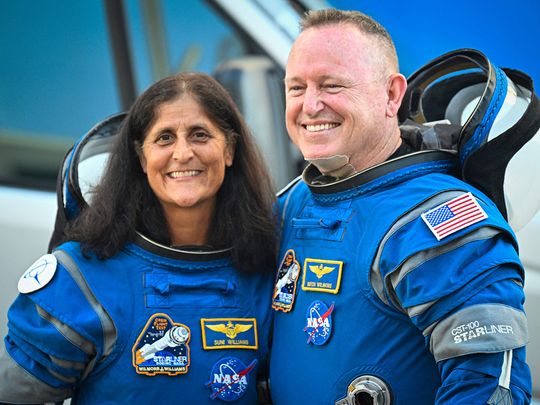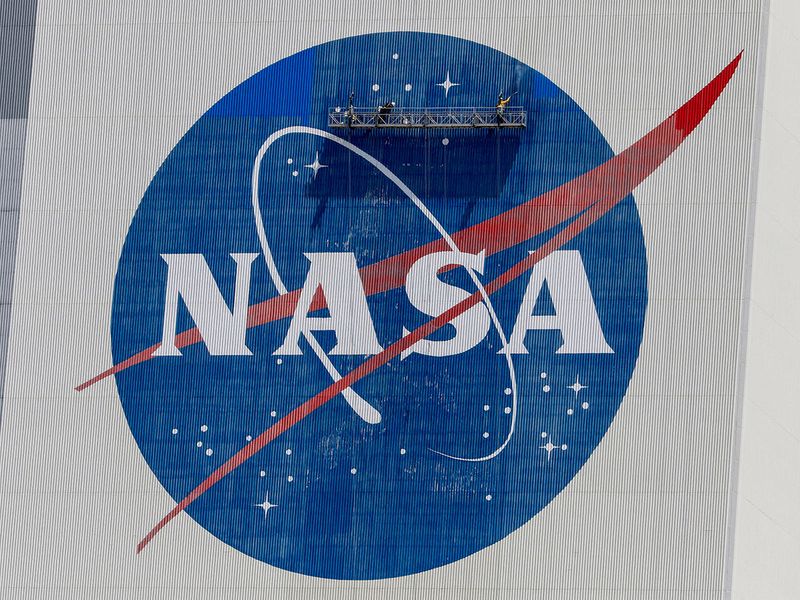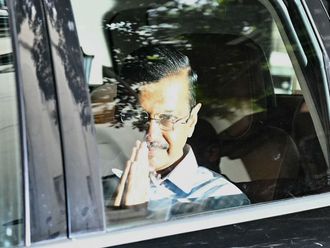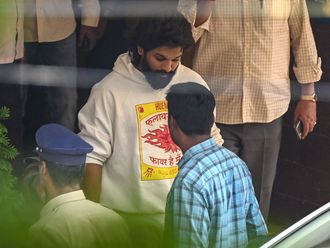
We’ve all experienced the frustration of a delayed train or a cancelled flight, but few of us can imagine the predicament Nasa astronauts Sunita Williams and Butch Wilmore find themselves in — stranded aboard the International Space Station (ISS) with no clear path back to Earth.
What was meant to be an eight-day mission has turned into an indefinite stay, thanks to technical failures aboard Boeing’s Starliner spacecraft.
In June, Williams and Wilmore embarked on what was supposed to be a quick round-trip to the ISS, their luggage packed light for the brief journey.
But upon arrival, Starliner revealed its flaws — helium leaks and malfunctioning thrusters — casting doubt on its ability to safely bring them home. Now, Nasa faces a difficult decision: can these issues be confidently resolved, or should the Starliner return to Earth empty, leaving the astronauts to await a hitchhike on a SpaceX craft in February 2025?
Boeing’s reputation at stake
For Boeing, this situation is nothing short of a public-relations nightmare. Starliner was intended to showcase the company’s prowess in space travel, but instead, it’s highlighting the risks and uncertainties that come with pushing the boundaries of technology.
Every delay, every malfunction, not only tarnishes Boeing’s reputation but also raises questions about the future of manned space missions in an era increasingly dominated by private companies.
Yet, the astronauts seem unfazed by their extended stay. Nasa assures us they’re safe, well-fed, and stocked with fresh supplies. But life aboard the ISS is no vacation. Imagine sharing a cramped space with seven others, working gruelling shifts, and even your water coming from recycled sweat. The allure of the cosmos quickly fades under such conditions.
For Williams, however, this might just be another day at the office. Her husband recently remarked that she’s anything but disappointed by the prospect of more time in space — it’s her “happy place,” after all. Wilmore, too, takes it in stride, knowing that uncertainty is just part of the astronaut’s life.

Scrambling to find a solution
As Nasa and Boeing scramble to find a solution, the rest of us are left to ponder the challenges of space exploration. It’s a stark reminder that while the dream of space travel is alluring, the reality is fraught with hurdles that even the best engineers can struggle to overcome.
For now, Williams and Wilmore will continue their work, orbiting 250 miles above us, while Boeing’s engineers toil to ensure that this mission ends in a triumphant, albeit delayed, return.
Boeing’s struggle with Starliner reflects the immense pressure on private companies to meet the high standards required for human space flight. Unlike uncrewed missions, where delays and technical issues are part of the learning curve, the stakes are infinitely higher when lives are on the line.
In the end, the resolution of this situation will not only determine the immediate fate of Williams and Wilmore but will also influence the future trajectory of NASA’s partnerships with private industry. Whether Boeing can overcome this challenge will set a precedent for the confidence placed in commercial space ventures.
As the world watches, the stakes have never been higher — for the astronauts in orbit and for the future of human space exploration.
Ahmad Nazir is a UAE based freelance writer, with a degree in education from the Université de Montpellier in Southern France








_resources1_16a45059ca3_small.jpg)
